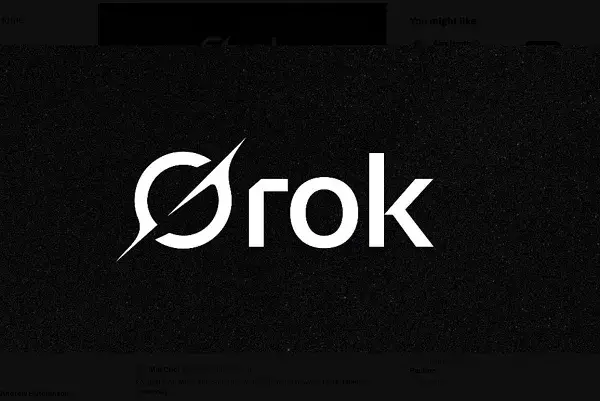In the evolving realm of artificial intelligence, xAI’s Grok has recently made headlines with its Grok 3 update, and the surge in both downloads and active users suggests a burgeoning interest in their AI chatbot. However, beneath the excitement of these numbers lies a more complex picture that merits examination.
The introduction of Grok 3 has led to an impressive tenfold increase in downloads and a fivefold surge in daily active users, as reported by Sensor Tower and highlighted by TechCrunch. Such metrics indicate that the update immediately captured the public’s attention and sparked curiosity. This kind of early enthusiasm is not uncommon in the tech industry, especially with innovative features, and serves as a litmus test for the sustained interest that will follow.
Nonetheless, historical patterns suggest that the initial excitement may fade as users settle into this new experience. Analysis of similar app rollouts in the past typically points to a plateau in engagement after the novelty wanes. Monitoring Grok’s usage over the next few months will be critical in assessing whether this interest can convert into long-term user loyalty and engagement.
Elon Musk and xAI assert that Grok 3 is the “most advanced AI system on the market,” which is positioned to entice users into subscribing to X Premium. The introduction of the SuperGrok tier provides users with greater access to Grok’s latest functions, theoretically enhancing the value proposition of the platform. Moreover, the addition of a voice mode for premium customers adds another layer of interaction, allowing users to engage with the AI through spoken commands. This development is likely to attract a wider audience, particularly those looking for accessible and intuitive technology.
However, while these features seem compelling, it is essential to consider them against the backdrop of an overcrowded marketplace. xAI is not only competing with established players like OpenAI and Meta, but the competition is fierce; these companies not only possess extensive resources but also have larger user bases and well-established market credibility. The question remains: can Grok sustain its relevance amid such formidable contenders?
One potential avenue for xAI to maintain its relevance revolves around integration with government operations. Musk’s efforts to rationalize government functions signal a strategic direction that could provide steady financial backing for xAI in the coming years. If successful, this integration could set Grok apart, offering benefits that go beyond typical user engagement.
However, there’s skepticism about how robust the demand will be for a “non-woke” AI. The political landscape is fraught with partisan divides, and Musk’s endeavors exhibit a leaning that might alienate certain user demographics. It raises doubts about whether xAI can build a sustainable business model grounded solely in contrarian marketing tactics.
A significant concern regarding Grok’s functionality stems from recent incidents indicating its susceptibility to censorship. Reports revealing that Grok hesitated to acknowledge misinformation surrounding figures such as Elon Musk and Donald Trump cast a shadow over its reliability. Following criticism, xAI’s head of engineering attributed this to an internal miscommunication, but such incidents raise alarms about the impartiality of the AI platform.
In a landscape where freedom of expression and open discourse are purportedly revered, these censorship practices contradict xAI’s narrative. The troubling prospect that Grok may prioritize protecting Musk’s public image over providing unbiased information compromises the integrity of the AI. This contradiction could alienate users expecting an open forum for discussion, leading to mistrust in Grok’s outputs.
While current user statistics may suggest a positive trajectory for Grok, the intricate dynamics within the AI industry must not be overlooked. With Meta’s recent achievement of 700 million monthly active users, xAI faces the uphill battle of carving out a niche in an already saturated market. Simply resting on its technological laurels may not suffice.
Additionally, the strong financial backing and extensive resources of competitors could allow them to deliver updates and features at a rapid pace that Grok may struggle to match. The power dynamics in AI are continuously shifting, and xAI needs a strategic roadmap that embraces not only innovation but also transparency and user trust.
Grok may currently be enjoying a moment of success, but the future remains uncertain. As the landscape evolves, xAI must navigate a myriad of challenges, from maintaining user interest to ensuring the credibility of its AI outputs. Whether Musk’s ambitions can result in a lasting impact in this competitive arena remains to be seen.


Leave a Reply